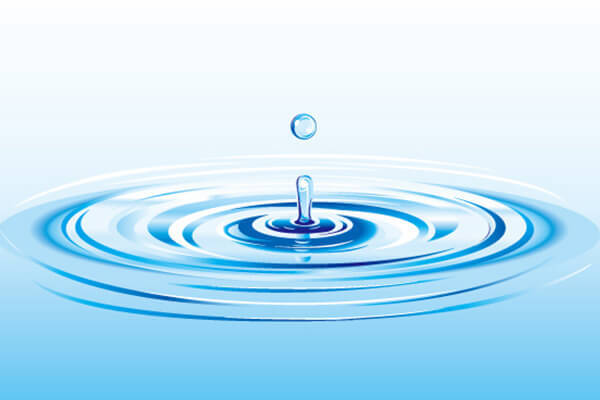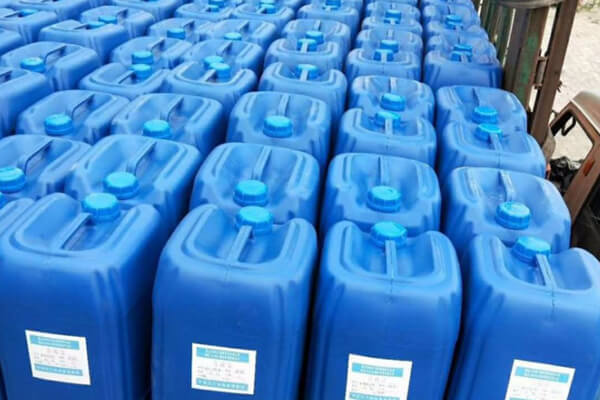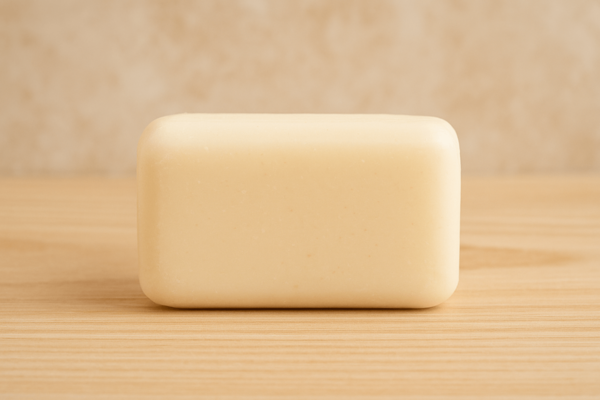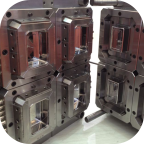Finding the Right Solution for Your Ultrasonic Cleaner
Browse Volume:93 Classify:Support
There’s something deeply satisfying about pulling a once-grimy object out of an ultrasonic cleaner and seeing it gleam like new. Whether it’s a piece of jewelry, a carburetor, or a dental tool, that spotless finish feels like a quiet triumph. But if you’ve ever wondered why your results sometimes fall short—why a film remains, or parts don’t seem fully clean—it might not be the machine’s fault. It could be your cleaning solution.
Using the right fluid in your ultrasonic cleaner isn’t just a technicality—it’s the heart of the process. The ultrasonic waves do the agitating, but it’s the chemistry of the solution that lifts, dissolves, and carries away the dirt. And depending on what you’re cleaning, the “right” solution can look very different.
Why Water Alone Rarely Gets the Job Done
Water is often called the “universal solvent,” but in the world of ultrasonic cleaning, that title only goes so far. Yes, water can dissolve many substances—but not all, and not with enough force to handle real-world dirt, oils, carbon buildup, or oxidation. When you’re trying to clean surgical tools coated with blood residue, or an engine part soaked in grease, water on its own becomes more of a carrier than a cleaner.
Ultrasonic cleaning relies on cavitation: the rapid formation and collapse of microscopic bubbles that generate intense localized pressure. For cavitation to occur effectively, the liquid must allow energy to travel freely—yet water’s natural surface tension resists this. It dulls the impact of the sound waves, making cavitation less aggressive and less effective.
More critically, water has no mechanism to dissolve oils, emulsify grease, or react with stubborn contaminants. Think about trying to rinse off cooking oil from your hands using just water. It beads, clings, and resists. The same thing happens inside an ultrasonic tank. Without a surfactant—a chemical that breaks surface tension—grease floats on top instead of breaking down.
Then there’s the residue. Tap water often contains minerals like calcium and magnesium. When heated and agitated in an ultrasonic bath, these can precipitate out and leave chalky spots on your tools or glasses. Distilled water is a cleaner option, but it still lacks cleaning power unless it’s enhanced with the right additives.
So, while water is the base for nearly all ultrasonic solutions, using it alone is like running a car without fuel. The engine turns on, but it doesn’t go anywhere.

Plain water
Different Solutions for Different Jobs: Matching Chemistry to Material
Here’s where things start to get interesting. Not all ultrasonic cleaning solutions are created equal—and using the wrong one can actually harm your items.
| Solution Type | Best For | Key Features & Precautions |
|---|---|---|
| Mild Alkaline Solutions (pH 8–10) | Stainless steel, brass, titanium, general metal parts | Safely removes oils, polishes, and grime without etching; ideal for routine maintenance |
| Strong Alkaline Solutions (pH 11+) | Carburetors, engine parts, machine tools | Powerful degreasing action; effective on carbon buildup; avoid use on soft or plated metals |
| Acid-Based Solutions | Rust removal on glass, ceramic, stainless steel | Dissolves scale and oxidation quickly; not suitable for aluminum or coated/plated surfaces |
| Neutral Enzymatic Solutions | Dental tools, surgical instruments, bio-contaminated items | Breaks down proteins and biofilm; gentle on sensitive materials; prevents corrosion |
| Specialized Solvents | Electronics (PCBs, soldered joints) | Removes flux and oils without damaging circuits; use in low concentrations with distilled water |
Dilution, Temperature, and Cleaning Time: Details That Make or Break the Process
Even the best solution won’t work its magic if it’s too diluted—or worse, too concentrated. Most ultrasonic solutions are sold as concentrates and should be diluted with distilled or deionized water, not tap water (which can leave mineral spots or interfere with cavitation).
The recommended dilution is usually between 1:10 and 1:40, depending on the job. For instance, a solution meant to remove heavy grease might need a 1:10 ratio, while a gentle cleaner for glasses or jewelry might work fine at 1:30.
Temperature is just as important. Most ultrasonic solutions perform best at 40°C–60°C (104°F–140°F), as heat reduces surface tension and speeds up chemical reactions. However, temperature-sensitive materials like plastic, resin, or solder joints may need cooler conditions to avoid warping or softening.
As for cleaning time, more isn’t always better. A typical cycle lasts 5 to 10 minutes, and going beyond that often yields diminishing returns—or worse, damage. Keep an eye on your items and check the solution regularly. If it looks cloudy, smells off, or loses its cleaning strength, it’s time to change it.

Cleaning fluid
What Not to Use in Your Ultrasonic Cleaner
Let’s get this out of the way: bleach, ammonia, acetone, and flammable solvents should never go in your ultrasonic cleaner. These substances may release harmful fumes, damage the tank, or even become fire hazards when heated.
Even some household cleaners—like abrasive scrubbing powders or oily soaps—can cause foaming or clog up your filtration system. If the solution foams too much, it can cushion the cavitation bubbles, making the ultrasonic process much less effective.
Avoid cleaners that leave behind sticky or greasy residues, as these can re-deposit on your cleaned items or form films inside your tank over time. And never mix different chemical types unless the manufacturer explicitly allows it.
If you’re ever unsure, err on the side of safety and check the solution’s technical datasheet or consult the cleaner’s manufacturer.

Soap
The Right Solution Isn’t Optional—It’s Essential
Ultrasonic cleaning isn’t magic—it’s science. And the cleaning solution is the science part that makes the magic happen. Every type of grime has a different chemistry, and every material has different tolerances. Your ultrasonic solution has to be the bridge between the two—powerful enough to clean, gentle enough not to destroy.
If you’re cleaning gold jewelry, a neutral-pH detergent helps preserve luster without loosening stones. Cleaning aluminum bike parts? You’ll want an alkaline solution that won’t etch the surface. Need to clean blood from dental tools? Enzyme-based detergents are your best bet. Using the wrong formula, or skipping one altogether, doesn’t just reduce performance—it risks cross-contamination, corrosion, or even permanent damage.
More than that, the right solution protects your machine. Some people unknowingly use dish soap, bleach, or alcohol in their ultrasonic baths, not realizing these can foam, pit the stainless-steel tank, or corrode seals and joints over time. A quality ultrasonic cleaning solution is formulated not just for cleaning power, but for compatibility with the cleaner itself.
The investment you make in selecting a proper solution pays back in results. Sharper clarity on optics. Cleaner welds on instruments. Longer life for the machine. When cleaning becomes predictable and repeatable, the whole system works better.
Because ultimately, ultrasonic cleaning isn’t just about making things look clean. It’s about restoring function, preserving value, and ensuring safety—especially in fields like healthcare, manufacturing, and electronics. That starts with putting the right liquid in the tank.
 Granbo Ultrasonic
Granbo Ultrasonic















